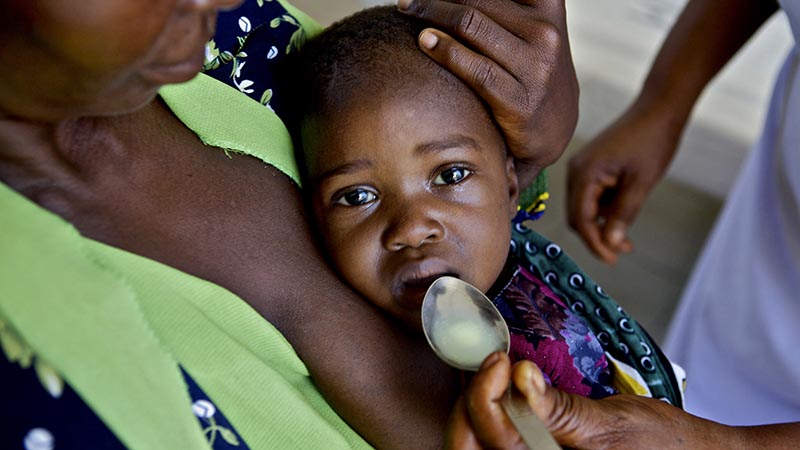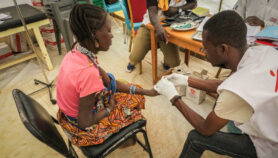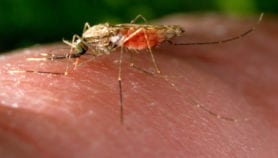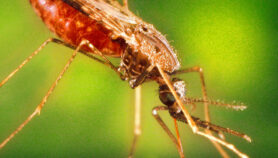Send to a friend
The details you provide on this page will not be used to send unsolicited email, and will not be sold to a 3rd party. See privacy policy.
[SÃO PAULO] Two of the main species of the malaria parasite arrived in the American continent after successive migratory waves and genetic crossbreeding of parasite lineages from Africa, South Asia and Western Pacific.
Using blood samples from people infected with two Plasmodium parasite species (P. falciparum and P. vivax) currently circulating in Brazil, Venezuela, Panama, Tanzania, Indonesia and Papua New Guinea, a team of Brazilian researchers carried out a series of genetic tests on the parasite to investigate how and when these species reached the New World.
They were able to distinguish different strains, to assess the degree of Plasmodium population diversity worldwide from a genetic standpoint, and to speculate about the geographic origins of malaria parasites in the Americas.
The researchers confirmed that over the years, P. vivax accumulated more mutations compared to P. falciparum, which causes the most aggressive form of the disease. One possible explanation would be that different lineages of P. vivax, from different regions of the world, were introduced in America in different time periods.
Analysis of migratory routes suggests that the P. vivax lineage currently circulating in America ha originated from Africa, Asia and Melanesia, a sub region of Oceania extending from the island of New Guinea in the South-western Pacific Ocean to the Arafura sea.
“We believe that descendants of the native American population might have carried Melanesian strains of P. vivax to South America long before the Europeans arrived,” says Priscilla Rodrigues, a biologist at the University of Sao Paulo’s Biomedical Sciences Institute and main author of the study published in Scientific Reports.
“Then, soon after European colonisation, slave trading reintroduced new P. vivax strains from Africa, which might explain the high genetic diversity observed in P. vivax strains circulating in America,” Rodrigues points out.
The life cycle of the parasite may have been crucial to successful travel: in the host organism, the protozoan first enters liver cells where it multiplies before moving into the blood circulation system.In the liver, some species of P. vivax enter a dormant stage with low metabolic activity where they linger for months — until they become active again, multiply and re-enter the blood system. “This property would give them enough time to cross the Atlantic and get to the new continent”, adds Rodrigues.
The P. falciparum, on the other hand, may have jumped from gorillas to humans in Western Africa between 10,000 and 100,000 years ago, according to the study.
From Africa, the parasite would then have spread to Eurasia and the Southwest Pacific as modern humans colonised these regions. The researchers believe the protozoan may have reached the Americas soon after European colonisation via the slave trade.
“The results [of this study] extend our knowledge of how P. vivax and P. falciparum came to America, and also stress that human migration may have played an important role in parasite dissemination through America,” biologist Ricardo Machado, from Fluminense Federal University’s Biomedical Institute in Rio de Janeiro, tells SciDev.Net.
Machado points out that further research into the parasites’ biological characteristics and their interaction with the host will be important.
“The study also corroborates old hypotheses on the origin of P. falciparum,” says biologist Karin Kirchgatter, from the Malaria Laboratory of the Superintendence of Control of Endemic Diseases of the São Paulo health secretariat.
“The findings would help to explain why some serious cases of malaria that occur in Brazil due to this species present more pulmonary troubles — ranging from mild illness to oedema — rather than cerebral complications,” Kirchgatter points out. Lung conditions derived from malaria are more common in Southeast Asia, while brain conditions are most common in Africa.
The study published in Scientific Reports is the result of projects funded by FAPESP, one of the donors of SciDev.Net.














